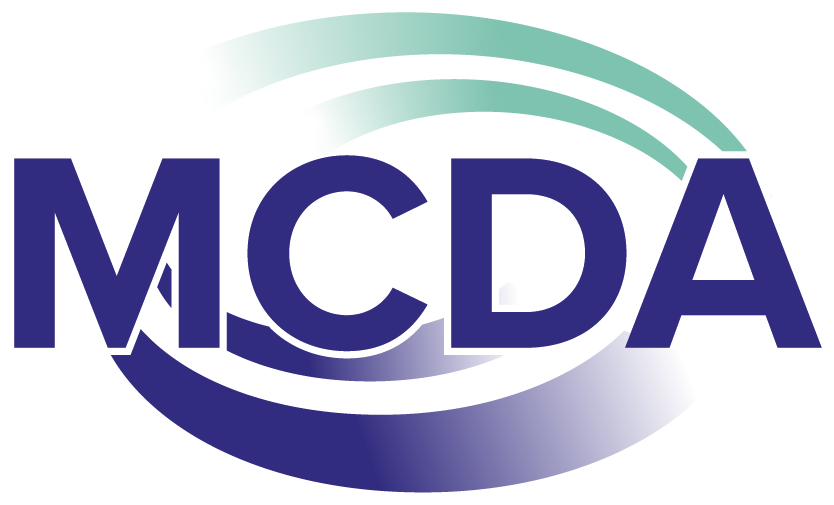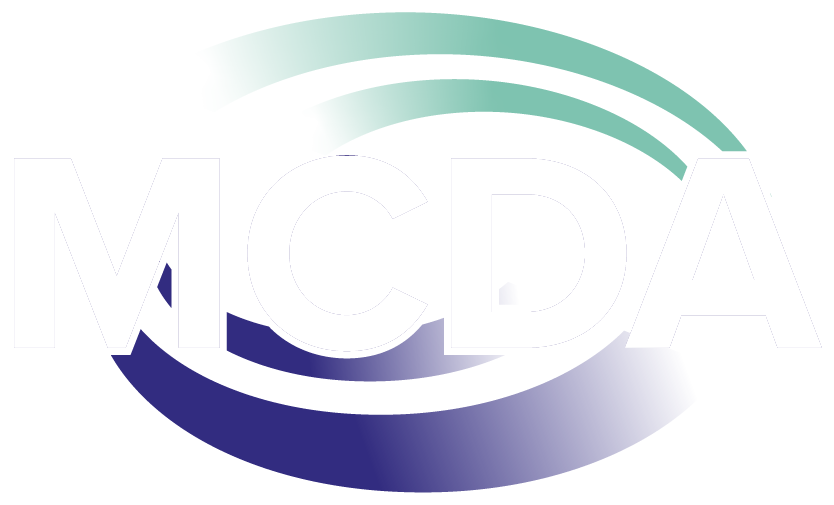The topic of MCDA’s November 2024 Professional Development event is in response to the recent softening of the job market and a desire to tap the technology talk of the century, generative artificial intelligence (AI).
Below is some event pre-reading, should you be so inclined. A couple of key MN DEED publications from the past 5 months are shared, with excerpts, to get your brain cooking. This thought-provoking data should stimulate ‘what’s happened and what’s next’ questions! Bring them with you to our event.
MN Labor Market Insights & AI’s Potential Impact – Friday, November 22, 2024, 9 AM – 11 AM at St. Paul College. Speaker: Tim O’Neill, Minnesota DEED’s regional analyst for the seven-county Twin Cities region. Details and registration information to be shared soon.
The Metro Region is projected to grow 6.2% from 2020 to 2030, a gain of nearly 113,300 net new jobs. In addition, the region is also expected to need approximately 773,335 replacement openings to fill jobs left vacant by retirements and other career changers.
The fastest growing occupations in the Metro Region will be in the following fields: healthcare support, food prep & serving, personal care & service, computer & mathematical [Demand for Information Technology services, and more notably, analytics, remains high in Minnesota, with Statisticians and Data Scientists both in the top 15 occupations], and community & social service occupations.
Excerpts from the article, Short Term Projections – More Measured Growth
Source: MN DEED, June 2024 – Labor Market Trends By Carson Gorecki and Cameron Macht
Construction, Health Care & Social Assistance*, and Transportation & Warehousing are the sectors expected to see the fastest employment growth over the next two years.
Other sectors that are projected to have above average employment growth through 2025 include Management of Companies, Utilities, and Accommodation & Food Services.
*Already the largest industry in the state, Health Care & Social Assistance alone is expected to account for over a third (20,782) of all projected job gains.
The trends in the industry projections are also evident in the short-term employment projections by occupational group. Healthcare Support (+4.4%) and Healthcare Practitioners & Technical (+3.6%) occupations were in the top three, along with the Construction & Extraction occupational group (+3.7%). …The projected fourth (Community & Social Service) and fifth (Architecture & Engineering) fastest occupational groups are also closely tied to the top three industries of growth.
Nurse Practitioners is expected to grow fastest, adding 615 new positions, or nearly 11% in just two years. The occupation expected to grow second fastest is Wind Turbine Service Technicians.
By educational requirements, the occupations expected to grow the fastest are those typically requiring some form of graduate-level education. While only 4% of jobs in 2023 typically required a graduate degree, that share is projected to grow over the next two years. Of occupations requiring graduate-level training expected to grow the fastest, many are in the Healthcare Practitioners & Technical occupational group. The top five include Nurse Practitioners, Physician Assistants, Epidemiologists, Orthotists & Prosthetists and Statisticians.
The group expected to grow second-fastest are those typically asking for vocational training, usually in the form of apprenticeships or formal structured on-the-job training programs. Traditionally, this category included many occupations in the trades, but has started to expand into all kinds of work including Healthcare and Manufacturing. Wind Turbine Service Technicians, Avionics Technicians, Health Information Technologists, Ophthalmic Medical Technicians, Medical Assistants, and Electricians are the occupations in this group expected to see the fastest growth (greater than 4.8% over two years).
Occupations requiring associate degrees are also expected to grow faster than average over two years. The occupations in this group with the highest projected percent employment growth include several Healthcare roles like Physical Therapist Assistants, Occupational Therapy Assistants, Diagnostic Medical Sonographers, Respiratory Therapists and Community Health Workers. In addition to Healthcare, several Architecture & Engineering, and Life, Physical & Social Science occupations are also represented among the fastest growing.
Excerpts from Northern Exposure: Measuring Artificial Intelligence in Minnesota’s Economy, MN DEED article, September 2024
By Luke Greiner and Cameron Macht
September 2024
[Occupations with the greatest exposure to AI effects]…These occupations tend to have higher educational requirements and higher wages. Seventy percent of employment in occupations with the highest exposure to AI have a median wage higher than $60,000 per year, and over 75% of occupations that typically require a bachelor’s degree or higher are in the high exposure group.
Figure 1 shows estimates of current employment in selected occupations by exposure to AI, with over half having a higher likelihood. While Minnesota’s diversified economy positions us well to leverage AI for growth, it also necessitates strategic planning to ensure that the transition is smooth and inclusive. Preparing the workforce through education, retraining and support systems will be essential in mitigating the risks while maximizing the potential benefits of AI’s integration into the economy.
The type, degree, and frequency of jobs that AI can assist with will determine how different industries in Minnesota are exposed to AI. Industries with a high concentration of occupations most exposed to AI are directly affected by this exposure
Education was not highlighted randomly—it deserves thoughtful consideration. The Educational Services industry is not only highly exposed to AI at all levels, but educators themselves will also be responsible for equipping students with the necessary skills to compete in the labor market.


